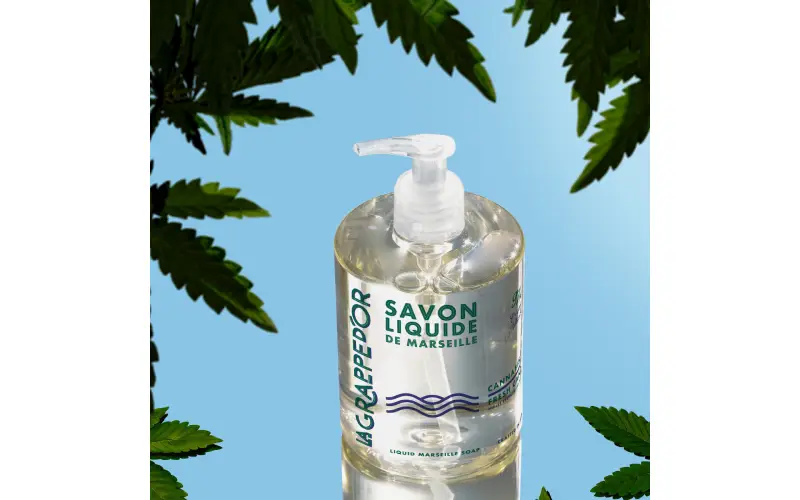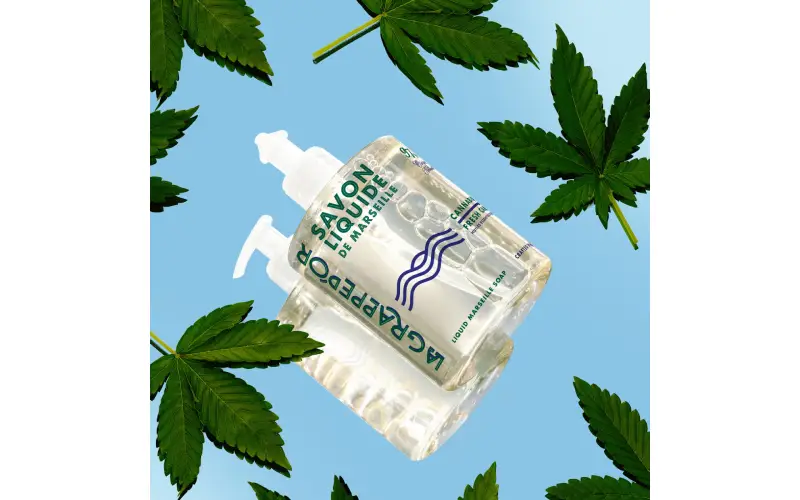Liquid hand soap plays a crucial role in maintaining personal hygiene by effectively removing contaminants from the skin. Its importance stems from its ability to enhance handwashing practices, a fundamental aspect of preventing the spread of illnesses and infections. The key to its effectiveness lies in its formulation, which often includes surfactants that lower the surface tension of water, allowing the soap to penetrate and lift dirt and microorganisms from the skin. Additionally, liquid hand soap typically contains antimicrobial agents that help kill bacteria and viruses, further boosting its hygienic benefits. This type of soap is also more hygienic than bar soap, as it reduces the risk of cross-contamination from shared soap bars. For those with sensitive skin, liquid hand soaps often include moisturizing ingredients to prevent dryness and irritation. In public and private settings alike, liquid hand soap is indispensable for promoting good hygiene practices, making it a vital tool in maintaining health and preventing disease transmission.
Choosing The Best Liquid Hand Soap For Sensitive Skin
Selecting the best liquid hand soap for sensitive skin requires careful consideration of ingredients and formulation. Individuals with sensitive skin should opt for soaps that are free from harsh chemicals, artificial fragrances, and dyes, as these can cause irritation and allergic reactions. Instead, look for liquid hand soaps that feature gentle, hypoallergenic formulas enriched with natural moisturizers such as aloe vera, glycerin, or shea butter. These ingredients help to soothe and hydrate the skin while providing effective cleansing. Dermatologically tested products are also a good choice, as they are designed to minimize the risk of irritation. Additionally, choosing a soap with a neutral pH helps to maintain the skin’s natural barrier, preventing dryness and discomfort. For those who prefer fragrance-free options, there are many unscented liquid hand soaps available that still offer excellent cleansing properties without the potential for irritation caused by added fragrances. By focusing on these factors, individuals with sensitive skin can find a liquid hand soap that meets their needs while ensuring gentle and effective hand hygiene.

Benefits Of Using Liquid Hand Soap Over Bar Soap
Liquid hand soap offers several distinct advantages over traditional bar soap, making it a preferred choice for many households and public facilities. One of the primary benefits is its more hygienic nature; since liquid soap is dispensed from a bottle or pump, there is less risk of cross-contamination compared to shared bar soaps, which can harbor bacteria on their surfaces. Additionally, liquid hand soap typically contains moisturizers and skin-conditioning agents that help prevent dryness and maintain skin hydration, whereas bar soaps can sometimes strip the skin of its natural oils. The convenience of liquid soap also cannot be overstated; it is easier to use, as there’s no need to handle a bar that can become slippery and awkward. Liquid soap is also often more effective in delivering a controlled amount of product, reducing waste and ensuring consistent application. Furthermore, many liquid hand soaps are formulated with antimicrobial agents that enhance their ability to kill germs and bacteria, providing an added layer of protection. These benefits make liquid hand soap a practical and efficient choice for maintaining clean and healthy hands in various settings.
How Liquid Hand Soap Can Help Prevent The Spread Of Germs?
Liquid hand soap is a crucial tool in preventing the spread of germs and maintaining overall public health. Its effectiveness in this regard is due to its formulation and application. The surfactants in liquid hand soap work by breaking down the oils and proteins that can trap germs on the skin, allowing them to be rinsed away more effectively than with water alone. Many liquid hand soaps also contain antimicrobial agents that kill or inhibit the growth of bacteria and viruses, providing an extra layer of protection against infections. Regular use of liquid hand soap, especially in environments where people are frequently in close contact, such as schools, offices, and healthcare facilities, helps to minimize the transmission of illnesses. Proper handwashing technique, which involves scrubbing all areas of the hands for at least 20 seconds, further enhances the soap’s ability to remove germs. By incorporating liquid hand soap into daily hygiene routines and encouraging its use in communal spaces, individuals and organizations can significantly reduce the risk of spreading infectious diseases and promote a healthier environment.
Liquid Hand Soap Vs. Foaming Soap: What’s The Difference?
When choosing between liquid hand soap and foaming soap, it is important to understand the key differences in their formulations and benefits. Liquid hand soap is typically more concentrated and comes in a gel or liquid form, which requires a certain amount to be dispensed for effective handwashing. Foaming soap, on the other hand, is pre-lathered with air, creating a light and airy foam that can spread easily across the skin. This difference in formulation affects their usage and effectiveness. Foaming soap often requires less product per use, as the pre-lathered foam helps to cover the hands more quickly and efficiently. It can also be perceived as more fun and appealing, especially for children. However, some people find that liquid soap provides a more thorough cleansing experience, as it tends to be more concentrated and can reach into crevices more easily. Both types of soap can be effective in cleaning hands and maintaining hygiene, but personal preference and specific needs, such as skin sensitivity or convenience, may influence the choice between liquid and foaming soap. Understanding these differences helps consumers select the most suitable product for their handwashing routines.
DIY Liquid Hand Soap Recipes For A Custom Clean
Creating your own liquid hand soap at home offers the opportunity to customize the formulation to suit personal preferences and skin needs. DIY liquid hand soap recipes typically involve combining basic ingredients such as castile soap, water, and essential oils. Castile soap, a vegetable-based soap, serves as a gentle and effective cleansing agent. To make a basic liquid hand soap, mix one cup of castile soap with three cups of distilled water, and add a few drops of essential oils for fragrance and additional benefits. Essential oils like lavender, tea tree, or peppermint not only provide pleasant scents but also offer antimicrobial properties. For a moisturizing touch, you can include ingredients such as aloe vera gel or coconut oil, which help to hydrate and soothe the skin. Customize the recipe based on your skin type and preferences, and store the mixture in a pump dispenser for easy use. DIY liquid hand soap allows for creativity and control over the ingredients used, ensuring that you can achieve a clean and personalized product that aligns with your hygiene and skincare goals.
Conclusion
Liquid hand soap stands out as a crucial element in maintaining personal and public hygiene, offering numerous benefits over traditional bar soap and foaming alternatives. Its ability to effectively remove dirt, bacteria, and viruses while providing a more hygienic and convenient solution makes it a popular choice in various settings. For individuals with sensitive skin, selecting a gentle, hypoallergenic formula can enhance comfort and minimize irritation. Understanding the differences between liquid and foaming soaps can guide users in choosing the most suitable option for their needs. Additionally, the option to create custom DIY liquid hand soap recipes allows for a personalized approach to hand hygiene. Ultimately, the widespread use of liquid hand soap reflects its importance in promoting health and cleanliness, making it an essential item in homes, workplaces, and public spaces.
